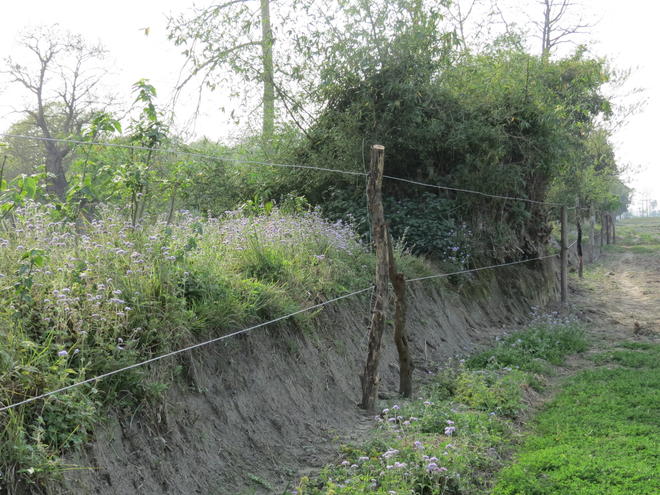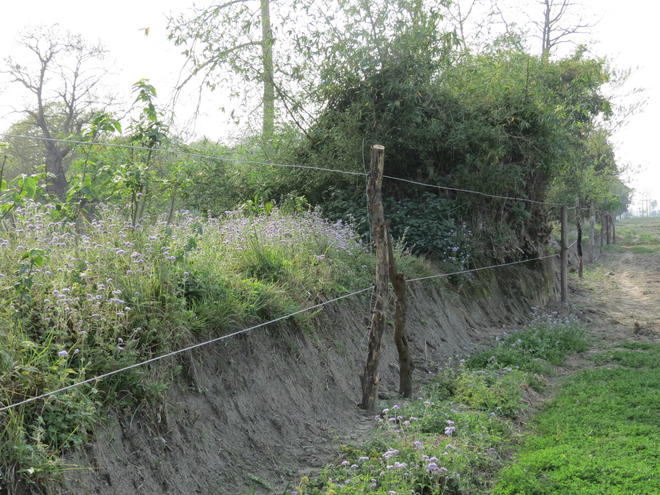Helping people and wildlife thrive together
Published by the World Wildlife Fund
Tigers, elephants, rhinos, and Himalayan black bears can all pose a risk to human life or livestock when they cross into nearby villages. Many species damage crops that farmers grow near forests and along traditional wildlife migration routes.
As crops mature during the growing season, local people work day and night to keep them safe, often spending sleepless nights in shelters in their fields to scare away wild animals. But when elephants come, all this may be in vain; these massive animals can destroy a family’s annual rice or wheat crop in a single night. This conflict may result in retaliatory killing of elephants by local people who, understandably, are also unwilling to collaborate in conservation efforts.
Finding lasting solutions to human-wildlife conflict
Human-wildlife conflict is a major issue for many lower-income people who live near forests in rural Nepal. Elephants and rhinos frequently raid cropland for food, destroying the resources upon which families rely. Tigers raid livestock and can threaten human life. As conservation successes bolster populations of endangered species, such as the one-horned rhino and Bengal tiger, the conflict between people and animals intensifies.
With USAID support, Hariyo Ban Program:
- Established a new National Human-Wildlife Conflict Relief and Wildlife Rescue Fund
- Constructed more than 67 miles of new power fencing, benefiting approximately 42,200 households in Nepal
- Piloted chili paste ropes to prevent elephants from entering settlements
- Installed electric sirens to ward off elephants and warn people
To complement these field efforts, the USAID-funded Hariyo Ban program helped establish a rapid-disbursing national compensation fund for when damage occurs. In Bardia, the program helped install more than 13 miles of fencing, improving the food security of approximately 1,500 households. The communities have collected funds to help maintain the fence, ensuring that worry and sleepless nights over crop-raiding will continue to be a thing of the past.
Together with the National Trust for Nature Conservation, WWF is building on previous experience in reducing human-wildlife conflict, conserving biodiversity and climate mitigation in order to implement lasting solutions in Nepal. In the low-lying Terai Landscape—Nepal’s rice bowl—we helped install electric fencing to prevent wildlife crop raids without harming animals. Such fencing is one of the most effective methods to prevent human-wildlife conflict if it’s well maintained. The program is also piloting approaches in mountainous regions to prevent Himalayan black bears from raiding livestock and crops.
“Our relief cannot be expressed in words,” said Bishnu Rijal, a farmer who lives near Bardia National Park in Nepal. “Earlier, elephants and rhinos frequently raided our village, often coming across the border from India, and we lost wheat crops worth [nearly $50,000-$80,000] each year. This spelled disaster for poor families who own only a few square meters of land. But since the electric fence has been installed we sleep soundly at night, as our lives and valuables are safe.”
Read the full article at: http://feedproxy.google.com/~r/WWFStories/~3/drPANfkbq3Q/helping-people-and-wildlife-thrive-together



